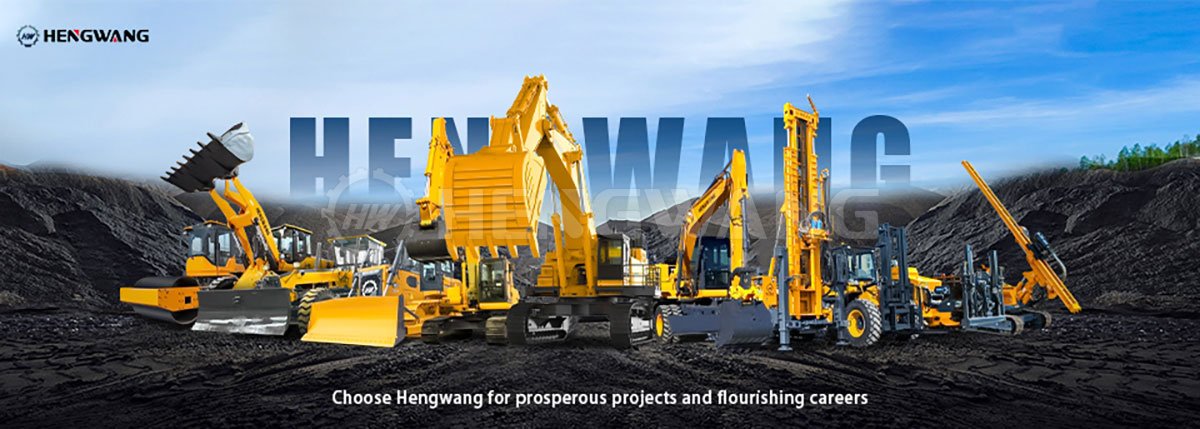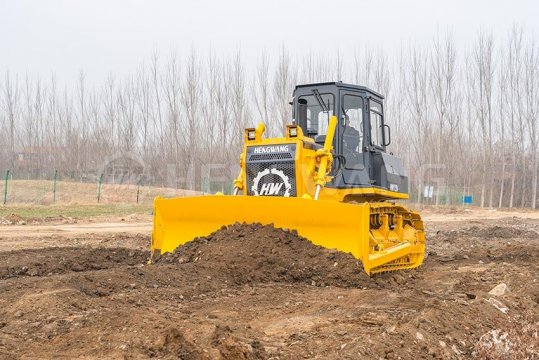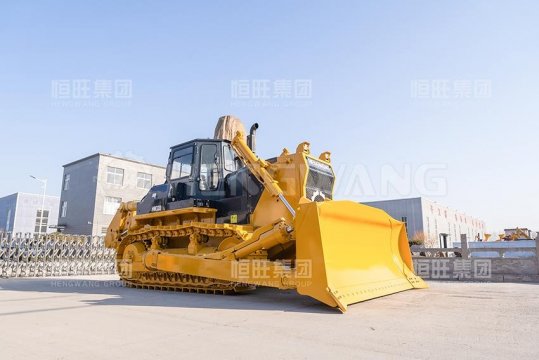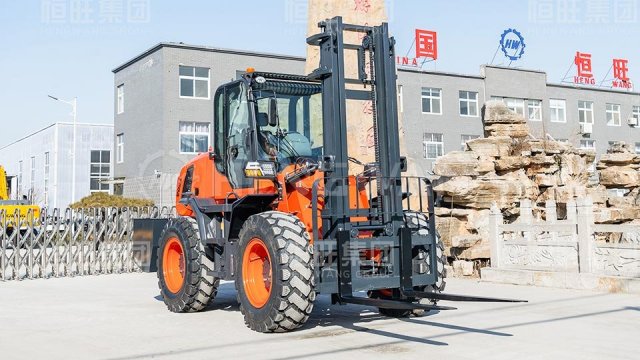As infrastructure projects surge worldwide, demand for Horizontal Directional Drilling (HDD) equipment intensifies. Yet with complex specifications and diverse models, how to choose an HDD rig that truly meets project requirements and maximizes ROI? This guide breaks down the critical decision factors.

I. Define Core Project Needs: The Foundation of Rig Selection
Bore Diameter & Depth: Calculate maximum required diameter and crossing depth — these directly dictate Thrust/Pullback Capacity (Ton) and Torque (KNm). 200T-class rigs suit most municipal pipelines, while large oil/gas projects demand 500T+ models.
Geotechnical Reports Are Key:Sand, clay, gravel, or hard rock? How to choose an HDD rig starts with analyzing geological data. Complex strata require higher torque and advanced mud systems.
Efficiency vs. Timeline:Match daily drilling progress targets. Underpowered rigs risk costly delays.
II. Core Specifications: Thrust, Torque & Mud Systems
Thrust/Pullback:The rig’s "traction." Opt for 20-30% capacity redundancy (e.g., choose 250T+ for 200T needs).
Torque:The "rock-breaking force." High-torque models (20KNm+/15,000 ft-lbs+) excel in hard rock.
Mud System: The rig’s "lifeline." Prioritize flow rate (GPM/LPM) and pressure (PSI/Bar). Advanced systems prevent borehole collapse and reduce jamming risks — a critical factor when deciding how to choose an HDD rig.
III. Geology-Specific Solutions: Match Rig to Ground Conditions
Soft Soil: Focus on precise thrust control and cutting removal. Standard mud recycling suffices.
Gravel/Rock Layers:Require high-pressure mud systems (2500+ PSI/170+ Bar, 1000+ GPM), carbide drill bits, and reamers.
Hard Rock:Choose high-torque rigs with downhole mud motors, roller-cone bits, and rock reamers. Here, how to choose an HDD rig determines project feasibility.
IV. Brand & Support: The Value of Global Service Networks
Beyond Brand Names:Compare key players (Vermeer, Ditch Witch, XCMG, Dilong) in your target markets.
Global Support Coverage: Verify service center density, technician response times, and spare parts inventory in your regions (e.g., SEA, Middle East, Africa).
Multilingual Training: Prioritize suppliers offering operator/maintenance training in local languages.
V. TCO Analysis: Seeing Beyond Sticker Price
Total Cost of Ownership: Model 3-5 year TCO: purchase price + fuel/electricity + downtime losses + critical part replacement costs (e.g., power packs, tracks).
Fuel Efficiency Data: Request verified consumption rates. High-efficiency rigs save $10,000s annually in fuel.
Resale Value:Top-tier brands retain 15-25% higher resale value after 3 years — a key financial factor in how to choose an HDD rig.
VI. Supplier Vetting: Mitigating Partnership Risks
Compliance Certifications: Verify ISO, CE, EPA Tier certifications.
Project Portfolio: Review case studies in similar geological conditions, especially for your pipeline type (water/gas/fiber optic).
Flexible Financing: Compare payment terms (L/C, installments, leasing) to optimize cash flow.
How to select horizontal directional drilling equipment is never simply a matter of parameter comparison. Only by choosing a drilling rig that matches your project can you gain sustained returns in the blue ocean of global infrastructure construction.

 Bulldozer Blade Types: Core Configuration for Adapting to Different Operating Scenarios
Bulldozer Blade Types: Core Configuration for Adapting to Different Operating Scenarios
 Swamp bulldozer: An Efficient Solution for Operations in Muddy Environments
Swamp bulldozer: An Efficient Solution for Operations in Muddy Environments
 Rough terrain forklift with highest load capacity: A High-performance Solution for Heavy-duty Outdoor Operations
Rough terrain forklift with highest load capacity: A High-performance Solution for Heavy-duty Outdoor Operations